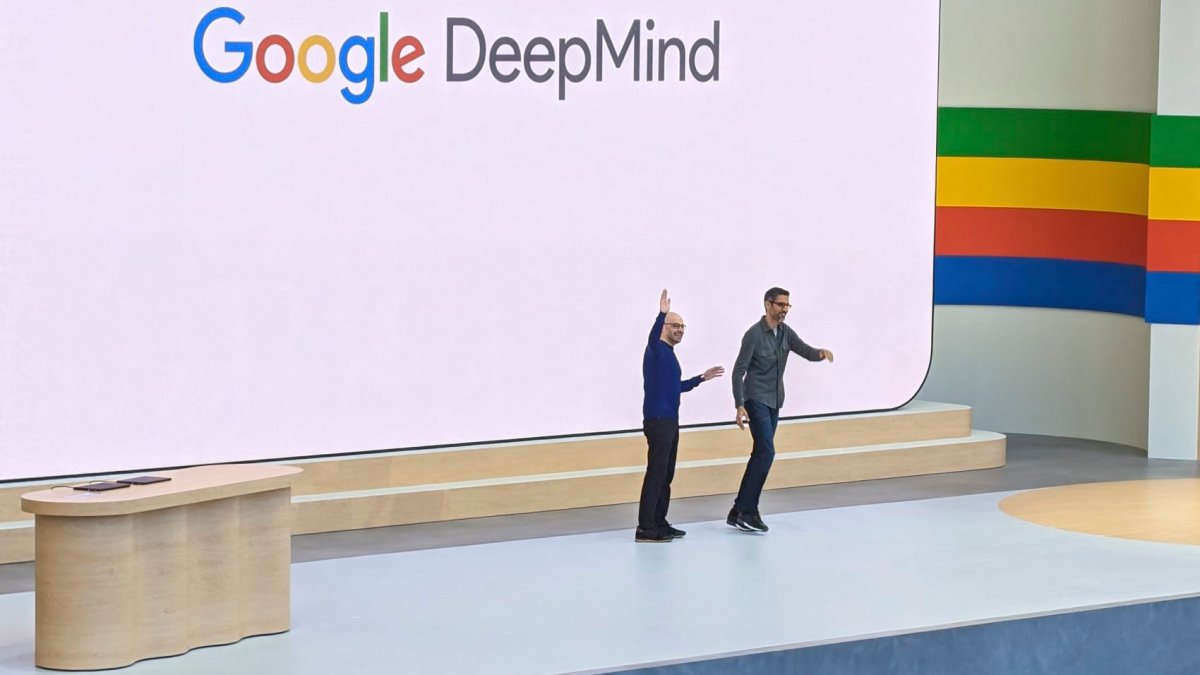DeepMind Announces Plans to Utilize AI Models for Physical Robots

Google DeepMind Introduces Advanced AI for Robotics
Overview of Gemini 2.0
On Wednesday, Google DeepMind unveiled two innovative AI models tailored for robotics, both powered by their latest technology, Gemini 2.0. This development marks a significant step for Google, as they anticipate Gemini 2.0 to be their most advanced AI model to date. Unlike previous iterations that focused primarily on producing text and images, these new models, Gemini Robotics and Gemini Robotics-ER, shift the focus toward enabling robots to perform physical tasks through command execution.
Collaboration with Apptronik
Partnership Details
In a strategic move, Google announced a partnership with Apptronik, a Texas-based robotics firm. Together, they aim to develop the next generation of humanoid robots utilizing the capabilities of Gemini 2.0. Apptronik has a strong background in robotics, having collaborated with organizations like Nvidia and NASA. Recently, Google participated in a fundraising initiative that garnered $350 million for Apptronik, further showcasing their commitment to advancing humanoid robotics.
Demonstrations of New Capabilities
During their recent demonstrations, Google showcased Apptronik robots equipped with the new AI models performing various tasks. These robots were seen completing activities such as plugging items into power outlets, packing lunchboxes, arranging plastic vegetables, and zipping bags—all in response to spoken commands. However, Google did not announce a specific timeline for when this technology will be available to the public.
Key Features of Gemini Robotics
In a blog post discussing the AI’s capabilities, Google highlighted three essential qualities that AI for robotics must possess to effectively assist humans:
- General Adaptability: The robots should be able to adapt to different environments and situations.
- Interactivity: They need to understand and respond promptly to commands and changes in their surroundings.
- Dexterity: The robots must be capable of performing tasks similar to those humans can do with their hands, such as carefully manipulating objects.
Flexibility for Developers
Gemini Robotics-ER serves as a foundational tool for roboticists, enabling them to train their models. It is accessible not only to Apptronik but also to a select group of "trusted testers," including notable companies like Agile Robotics, Boston Dynamics, and Enchanted Tools.
The Competitive Landscape in Robotic AI
Google is not the only giant pursuing advancements in AI for robotics. Other key players, such as OpenAI, are also making strides in this field. In November, OpenAI invested in Physical Intelligence, a startup focused on integrating general-purpose AI into the physical realm through the development of advanced AI models.
Meanwhile, Tesla is venturing into humanoid robotics with its Optimus robot, further fueling competition in this rapidly evolving sector. Additionally, OpenAI has taken significant steps to bolster its efforts in robotics and consumer hardware by hiring leadership from established tech companies.
Google’s Vision for Robotics
Sundar Pichai, Google’s CEO, shared insights on X, expressing that the company views robotics as an ideal testing environment for implementing AI innovations in the physical world. According to Pichai, the robots developed will leverage Google’s multimodal AI models, allowing them to adapt in real-time to their environments and make necessary adjustments on-the-fly.
With these advancements, Google DeepMind is paving the way for a future where AI-driven robots could potentially transform various industries by taking on tasks traditionally handled by humans.




